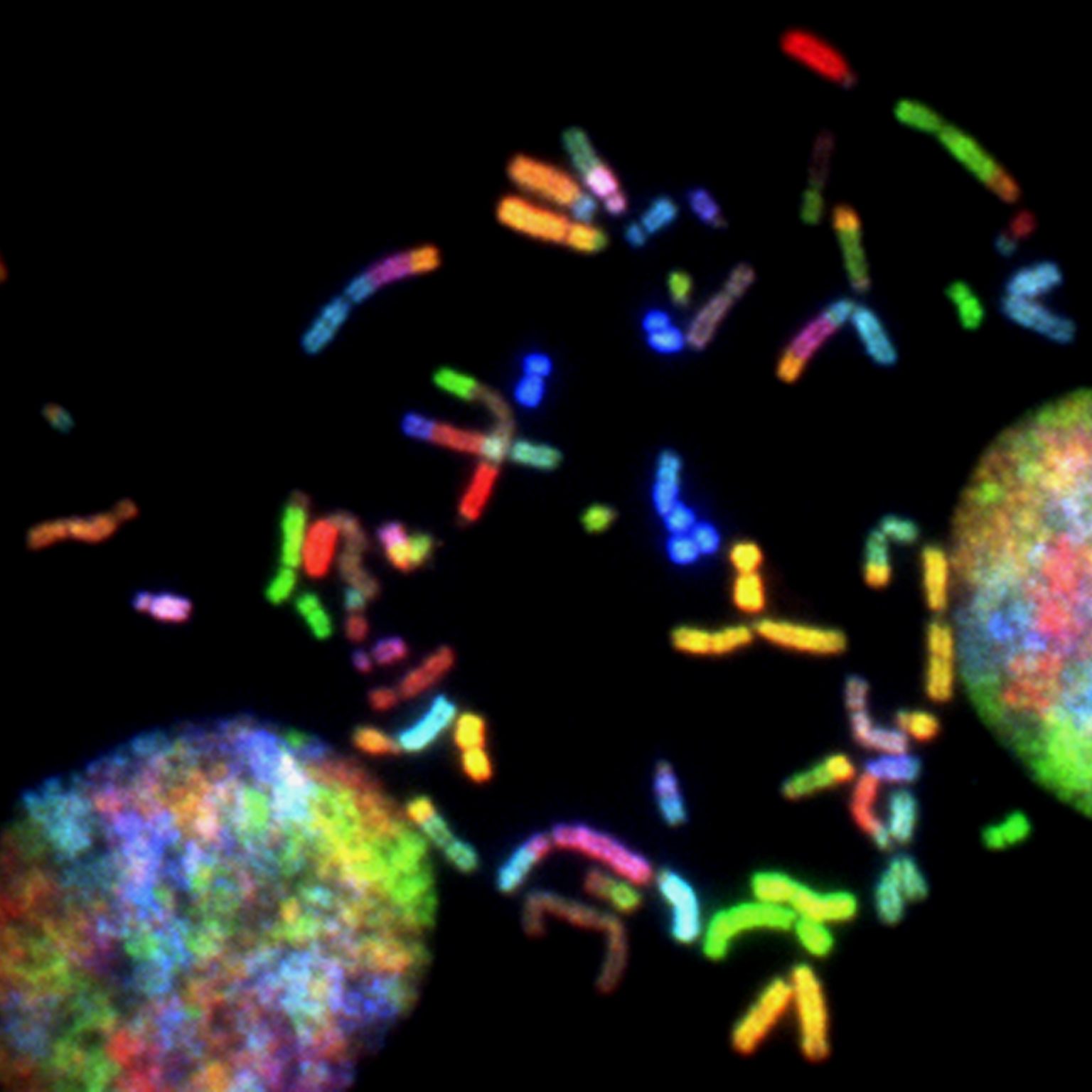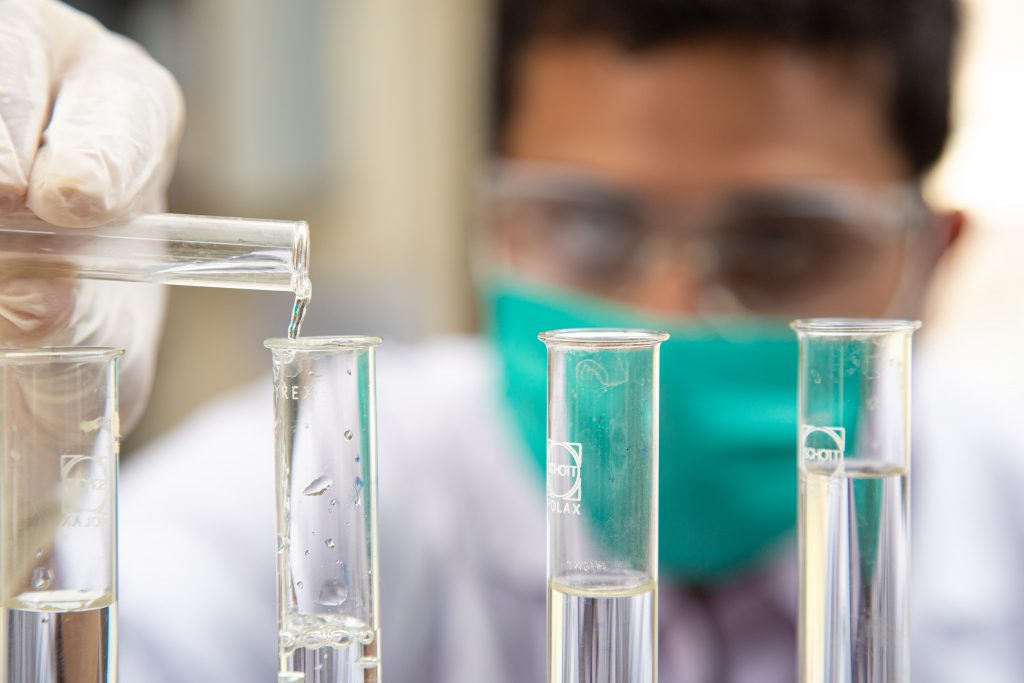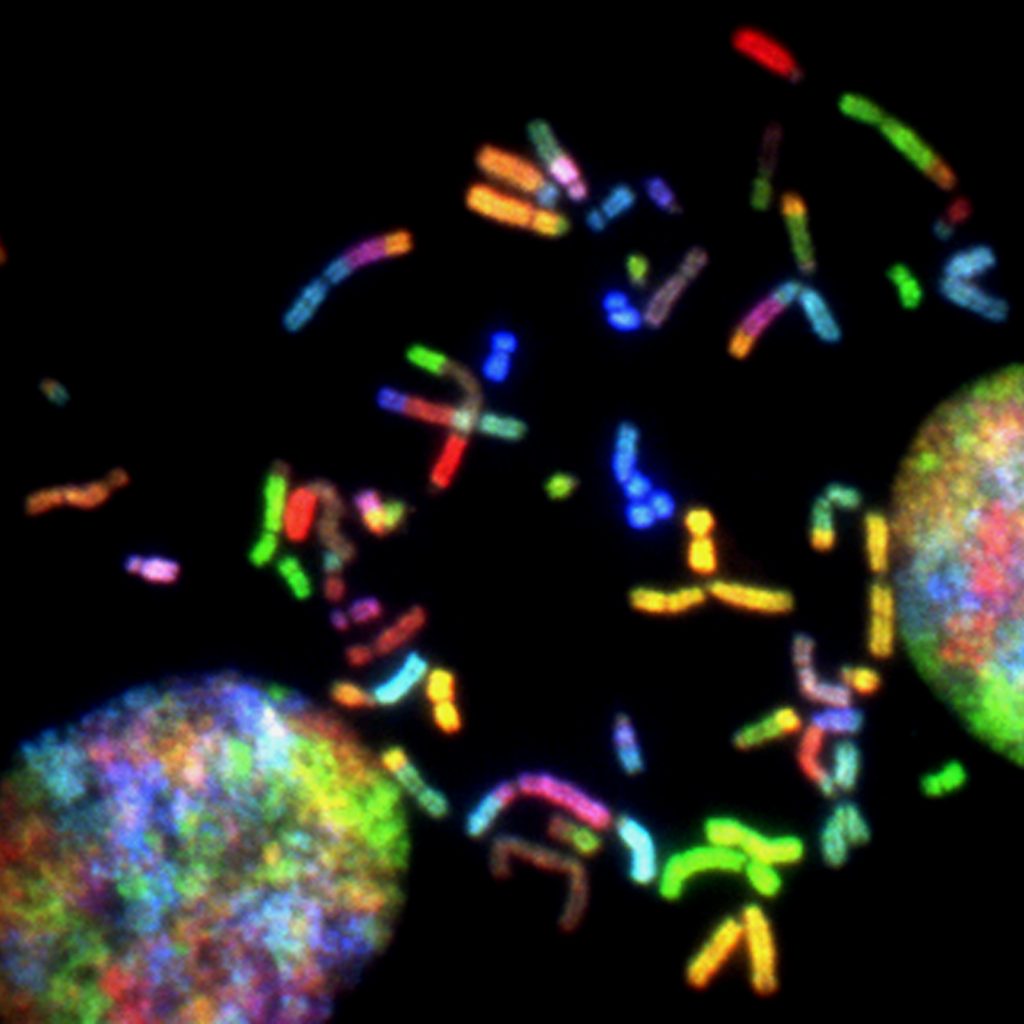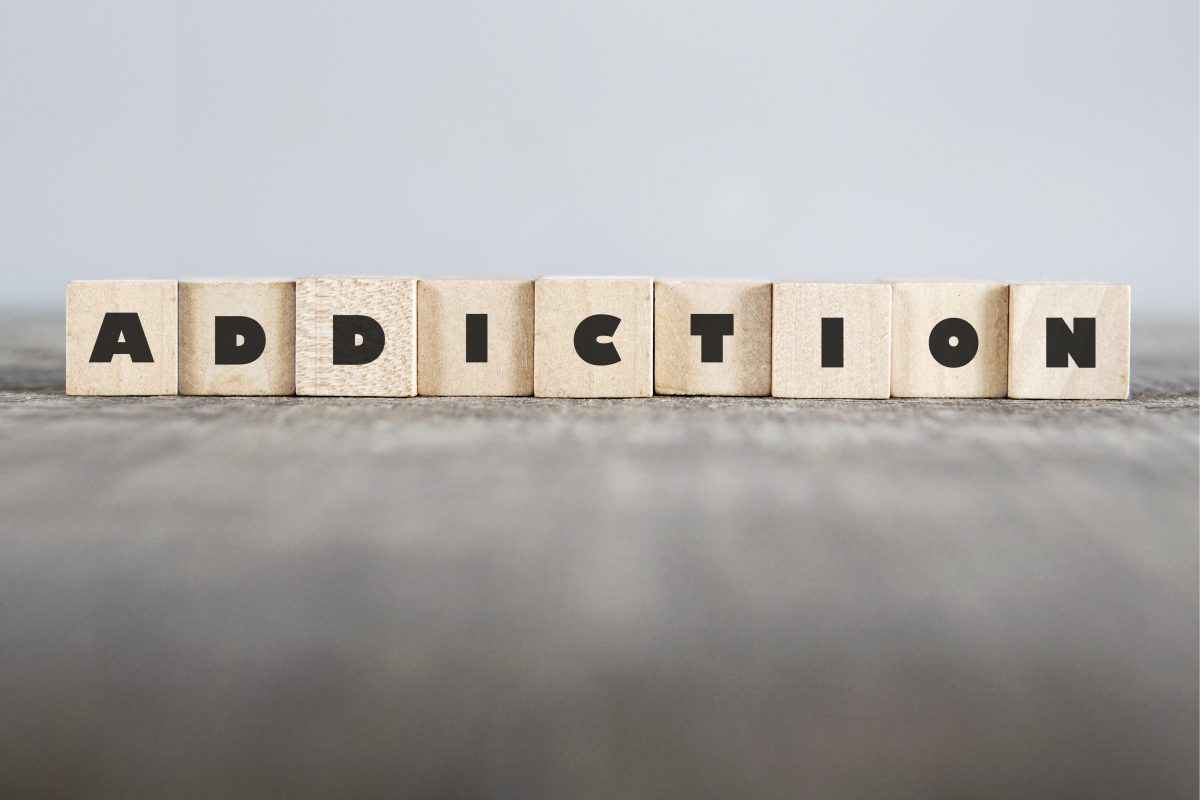Friend or foe?
We know alcohol as spirit, as a party lubricant, as a beverage for relaxing, as scotch, bourbon, beer, wine, cognac—so many varieties. So many tales, legends and myths are linked to alcohol. We also know it as “evil”, a destroyer of lives when it becomes an obsession for some.
Alcohol is an infinitely confusing substance. In small amounts, it is an exhilarating stimulant. In larger doses, it acts as a sedative and as a toxic or poisonous agent. When taken in massive quantities over long periods, this combination chemical and drug can damage cells, tissues, and organs.
Yet alcohol is addictive for only a minority – an estimated 10 per cent of the population – of its users. For most drinkers, alcohol is a relatively harmless social beverage.
To further the confusion, alcohol is the only drug that can also be classified as food. Rich in calories and a potent source of energy for the body, alcohol is used by the cells to perform their complicated functions. Unlike most foods, however, alcohol contains negligible amounts of vitamins and minerals and contributes little or nothing to the cells’ nutritional requirements. As a result, continual heavy drinking inevitably leads to malnutrition.
Perhaps alcohol’s most surprising property is its ability to relieve the distress it creates in the first place. An alcoholic suffering from withdrawal has only one priority: alcohol. A malnutritioned alcoholic does not want food; he wants alcohol. Alcoholics drink because drinking makes them feel good. Only when they stop drinking do they experience the full effect of alcohol’s disruptions in the body and mind.
Understanding the disease of alcoholism must begin with an understanding of the substance alcohol – a combination of chemical, drug, and food capable of creating both extraordinary pleasure and tremendous pain.
Alcohol the Chemical
Ethyl alcohol or ethanol (hereafter called simply alcohol) is the excrement of yeast, a fungus with a ravenous appetite for sweets. When yeast encounters honey, fruits, berries, cereals, or potatoes, it releases an enzyme that converts the sugar in the materials into carbon dioxide (CO and alcohol (CH₃CH₂OH). This process is known as fermentation. The yeast then feeds on the sugar until it dies of acute alcohol intoxication – the first victim of “drunkenness”.
Because yeast expires when the alcohol concentration reaches 13 or 14 per cent, natural fermentation stops at this point. In beer, made from barley, corn, rice and other cereals, the fermentation process is artificially halted somewhere between 3 and 6 per cent alcohol. Table wine contains between 10 and 14 per cent alcohol, the limit of yeast’s alcohol tolerance.
Distillation was discovered about A. D. 800 in Arabia. “Alcohol” is derived from the Arabic “alkuhl”, meaning essence. It is the man-made process designed to take over where the vulnerable yeast fungus leaves off.
The distilled, or hard, liquors, including brandy, gin, whiskey, scotch, rye, bourbon, rum, and vodka, contain between 40 and 75 per cent pure alcohol. Pure alcohol is also added to fortify wines such as port and sherry, boosting their alcohol percentage to 18 or 20.
The percentage of alcohol in distilled liquors is commonly expressed in degrees of “proof” rather than as a percentage of pure alcohol. This measure developed from the seventeenth-century English custom of “proving” that an alcoholic drink was of sufficient strength by missing it with gunpowder and attempting to ignite it.
If the drink contained 49 per cent alcohol by weight or 57 per cent by volume, it could be ignited. The proof is approximately double the percentage of pure alcohol. Therefore, a 100 proof whiskey is 50 per cent pure alcohol; an 86 proof whiskey is 43 per cent alcohol.
Pure alcohol is a colourless, somewhat volatile liquid with a harsh, burning taste, widely used as a fuel and solvent for various fats, oils, and resins. This simple and unpalatable chemical is made to look, taste, and smell appetising by combining it with water and multiple substances called congeners.
Congeners make bourbon whiskey taste different from Scotch whiskey, distinguish one brand of beer from another, give wine “nose”, and sherry its golden glow.
Congeners include a wide variety of substances, many of which appear to have no business in a beverage designed for human consumption. Inorganic substances such as aluminium, lead, manganese, silicon, and zinc are frequently found in alcoholic drinks.
So are glucose, fructose, acetic and lactic acids, carbon dioxide, small amounts of vitamins and minerals, salts, acids, ketones, esters, carbohydrates, and various other alcohols, including propyl, butyl, amyl, hexyl, heptyl, octyl, nonyl, decyl, methyl, and fusel oil.
Most congeners are harmless in minute or trace amounts, but they have also proven toxic and even fatal for unsuspecting drinkers.
Cobalt, for instance, was once used to increase the foamy “head” in certain beers. Years went by before researchers finally linked the mineral with a rising cancer rate in beer drinkers.
We hope you found this knowledge interesting. And useful. For some of us, who are vulnerable to addiction, it is good to “know the enemy”!
Freephone: 0800 140 4044
Local rate: 0300 330 3040





